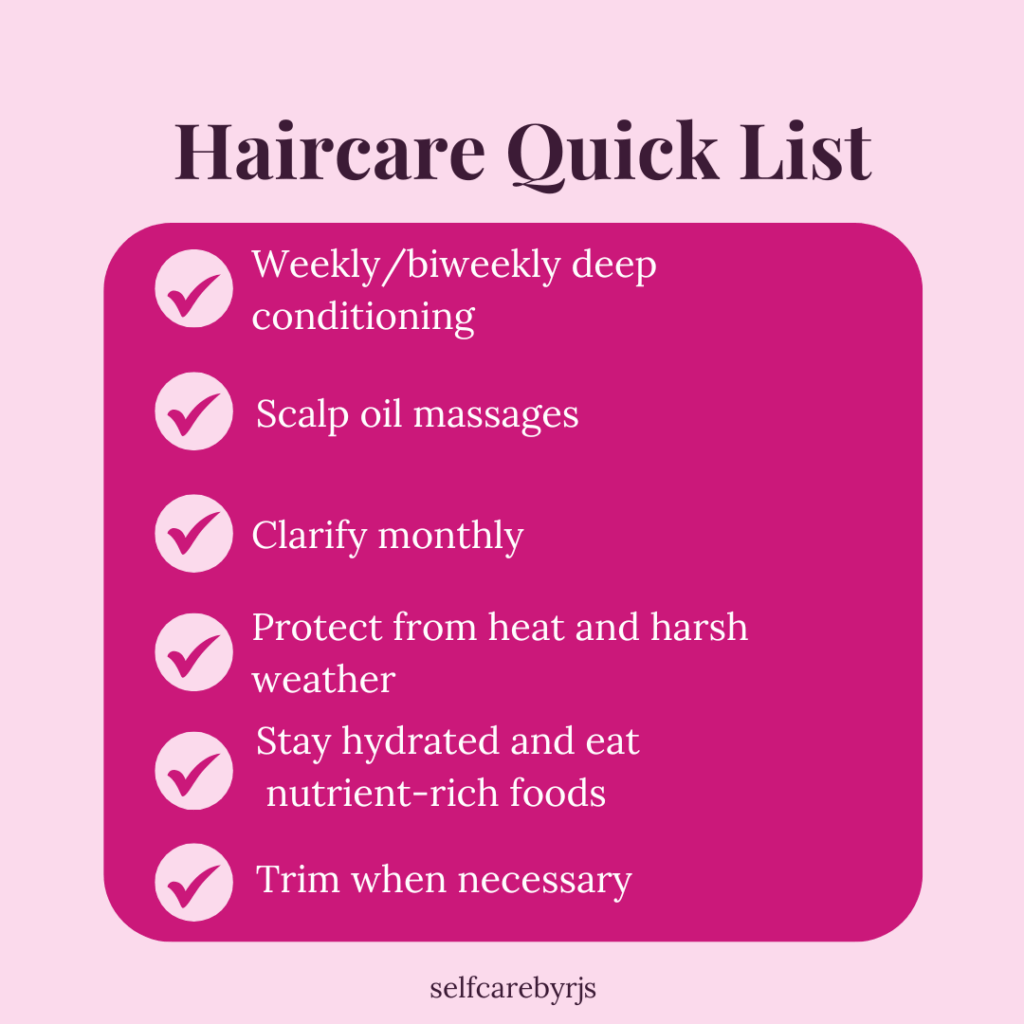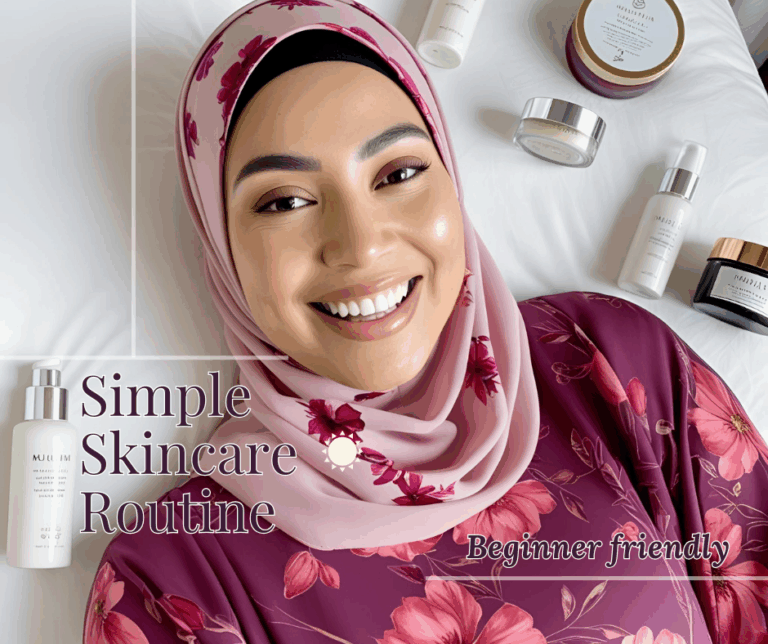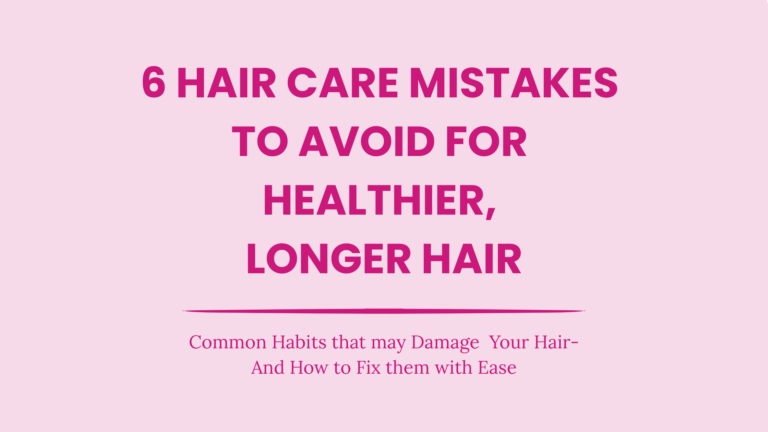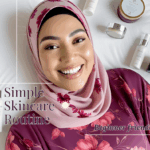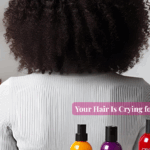Many of us have gone through seasons where our hair doesn’t feel like itself. Maybe it’s shedding more than usual, feeling dry and brittle, or just looking dull and lifeless, no matter what we try. If this sounds familiar, you’re not alone. It’s a heartache view, but it is fixable.
The thing is, your hair has a way of speaking to you. It gives subtle signs when it needs more attention, more nourishment, or just a little break from all the stress we unknowingly put it through. But with the right care and consistency, you can bring your hair back to life.
Today, I want to walk you through three key signs your hair may be crying for help, and most importantly, share simple, effective ways to restore it, all from a place of love and self-care.
1. You’re Seeing Excessive Hair Shedding
We all lose a bit of hair daily — that’s completely normal. But if you’re noticing hair all over your clothes, pillow, or more than usual in the shower drain, your strands could be asking for help.
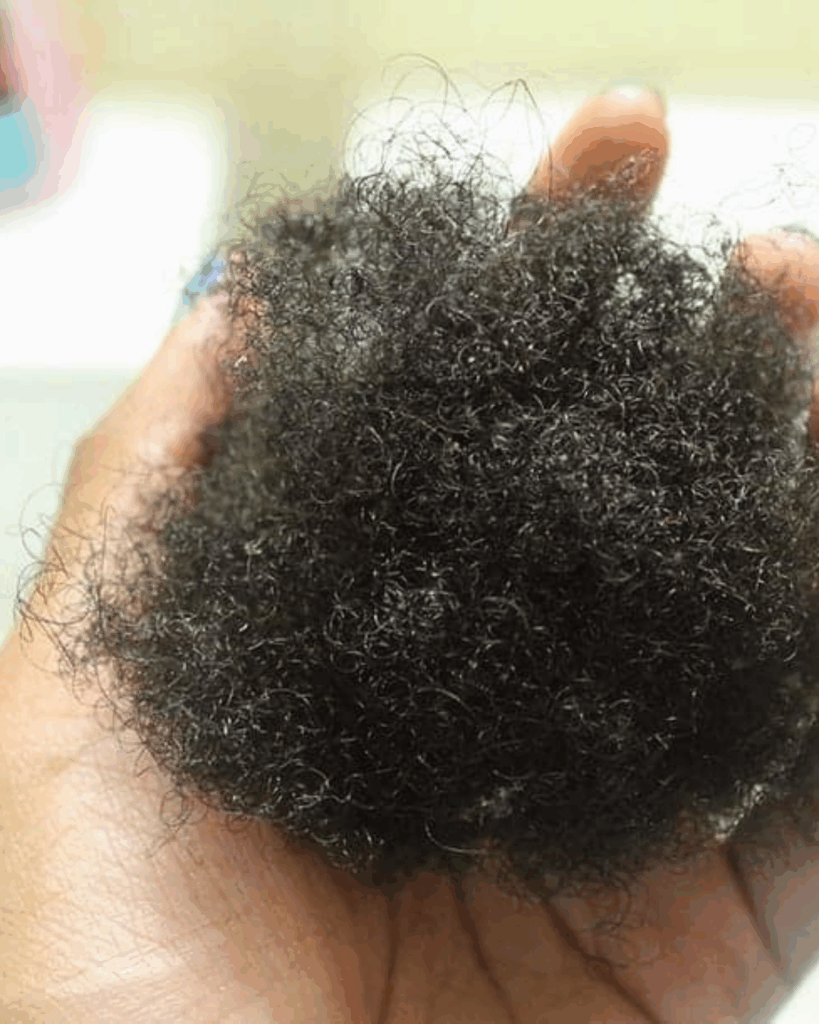
It’s important to first of all know what causes excessive shedding to fix this condition. Most of the time, shedding may result due to;
- Emotional or physical stress
- Hormonal changes (postpartum, PCOS, etc.)
- Nutritional gaps, especially iron and vitamin D
- Overuse of tight styles or heavy manipulation
- Scalp issues like dandruff or inflammation
What You Can Do:
To overcome this hair condition, you need to target the right cause. Below are the fixes for each possible cause mentioned, but be aware that there are no quick fixes. Be consistent and patient, you will be able to fix it in time.
- Feed your mane from within: This helps fix the nutritional gaps. Incorporate iron-rich foods, lean protein, and hydrate your body as necessary. Examples of these are spinach and lentils (high in iron), eggs, fish, meat, and legumes (protein-rich)
- Gentle scalp care: Massaging your scalp regularly with nourishing oils like rosemary, black seed, or olive oil boosts blood flow and promotes growth. It also nourishes the follicles and strengthens your strands.
- Give your hair a break: Avoid overly tight styles or frequent combing. Opt for long-term protective styles that will give your strands room to breathe and grow. When tying your ends, use soft silk or satin ribbon.
- Look after your mental health: Stress plays a bigger role in hair health than you realize. Prioritize sleep, rest, and calming activities.
- Seek professional advice if shedding persists for more than a few weeks. Your body may be calling for deeper care.
From experience: I saw a huge difference when I made scalp oiling a weekly ritual. Not only did the shedding reduce, but I felt more relaxed and connected to my self-care journey.
2. Your Hair Feels Dry, Brittle, and Breaks Easily
If your hair snaps when you comb it or feels like straw when you touch it, this is a strong sign that it’s lacking moisture and elasticity. This normally happens due to;
- Overwashing or using harsh shampoos
- Frequent heat styling without protection
- Chemical treatments (relaxers, bleach, dyes)
- Skipping deep conditioning or not sealing in moisture
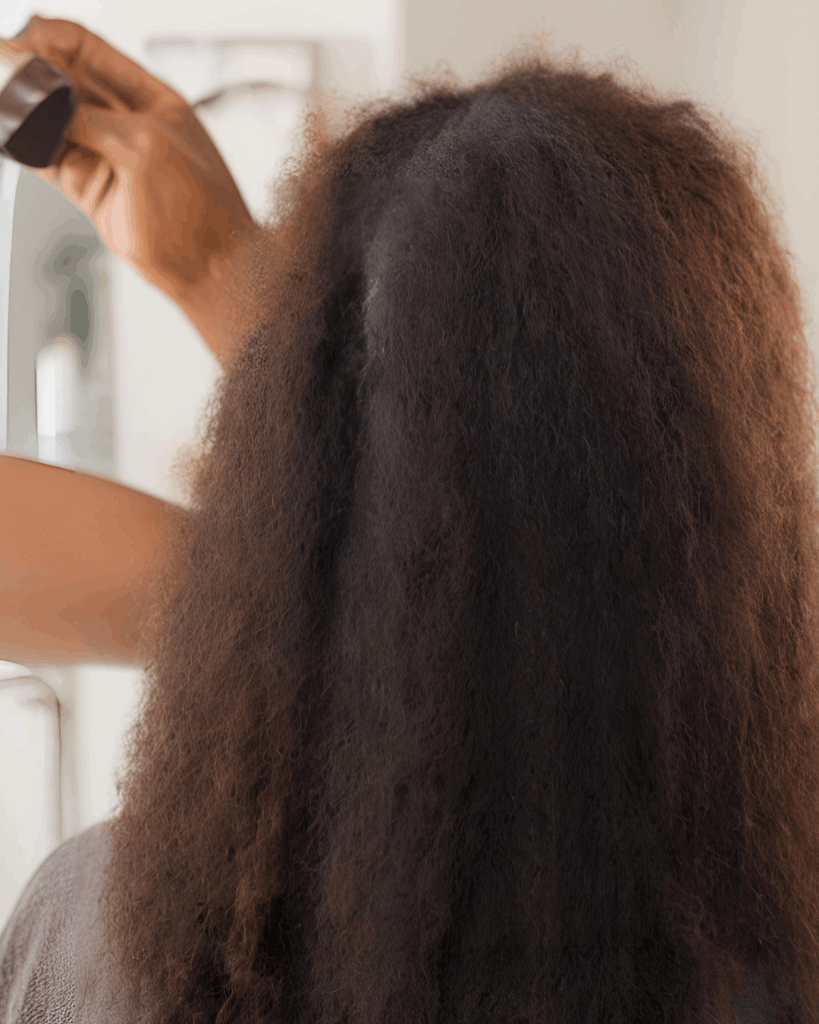
How to Help:
- Deep condition regularly: Once a week, treat your strands to a deep conditioning session. Look for products with ingredients like shea butter, aloe vera, or honey. Be extra, and stay under a hooded dryer for a quick boost with steam.
- Protect from heat: If you use heat tools, apply a heat protectant product before. Use minimum heat (the lowest possible heat on your dryer), dry it in sections using the extension method. And if possible, limit usage.
- Moisturize and seal: After wash day, apply a water-based leave-in conditioner, followed by a light oil to lock in moisture (jojoba, argan, or grapeseed work beautifully). If your hair is thick and dries quickly, use a blend of butters.
- Switch to gentle cleansers: Use high-quality shampoos or co-wash options to avoid stripping your it’s natural oils.
Personal tip: I started using the LCO method (Leave-in, Cream, Oil,), and it changed everything. My hair stays soft, manageable, and breakage has reduced significantly. But first get to know your hair, try the LOC method (Leave-in, Oil, Cream) it might work too.
3. Your Hair Looks Dull and Lifeless
We all love that healthy, natural shine — but when hair looks limp, dry, tangled, or lacks its usual bounce, it’s usually a sign that the strands are coated in buildup, undernourished, or tired from environmental stress. And this might be due to;
- Product buildup or hard water
- Split ends that haven’t been trimmed in months
- Lack of moisture or natural oils
- Too much sun or exposure to harsh weather
Easy Ways to Restore Shine:
- Clarify gently once a month: Use a clarifying shampoo or a DIY apple cider vinegar rinse to remove buildup and let your natural shine come through.
- Trim regularly: Get rid of split ends whenever you see damage at the ends of your hair. To prevent extreme trimming, dust your ends when necessary.
- Add shine-enhancing oils or serums: A few drops of argan oil or marula oil can instantly lift dull strands and make them glow. But make sure you moisturize it first.
- Stay hydrated: Your natural growth reflects what’s happening inside your body. Make sure you’re drinking enough water daily.
- Protection is key: Use satin or silk scarves at night, and cover your hair when out in strong sun or wind.
Warm reminder: Sometimes, all your hair needs is a reset — one wash day focused on clarifying, moisturizing, and sealing can make a big difference.
Finally, Be Kind to Your Hair And Yourself
Hair health isn’t just about products — it’s about lifestyle, consistency, and care. When your hair starts to show signs of distress, take it as a gentle reminder from your body: slow down, reassess, and nourish.
If your hair is shedding, breaking, or looking dull, don’t panic — it’s not too late to turn things around. With a few small changes in your routine and a bit of patience, you’ll begin to see and feel the difference.
Because your hair deserves love.
And so do you.
